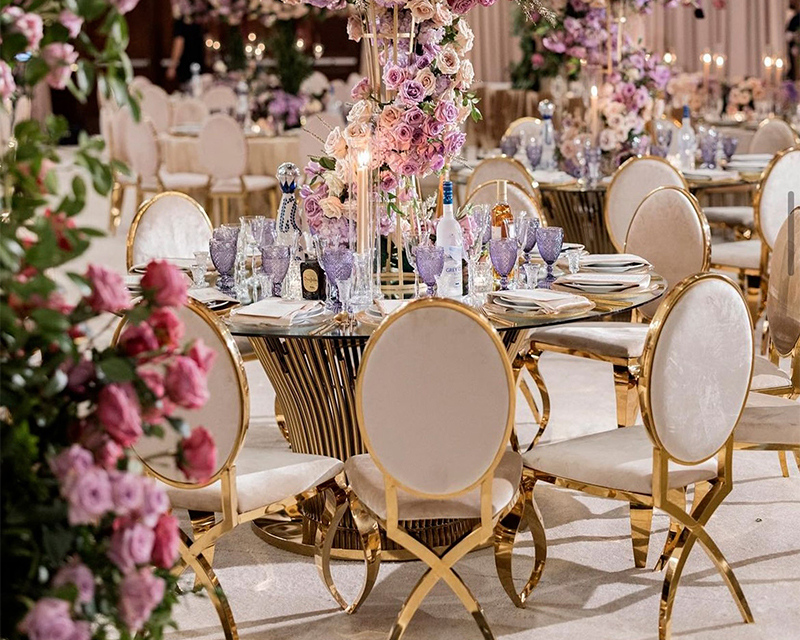The Mystery of Gripoix
Gripoix is, strictly speaking, the name of an atelier, a house that produced poured glass. Parisian glass worker Augustine Gripoix was the first who began to master the art of creating jewelry of glass, crystal, metal and artificial pearls.
In 1869, Augustine Gripoix, the founder of the atelier, revived, refined, and ultimately reinvisioned an ancient glass making art. The process involved pate de verre, melted glass, poured into moulds. At the time, the common practice of creating glass beads, crystals, and pearls was grinding glass to a paste, baking it, and then pouring it into moulds.
Utilized by Augustine’s method of melting glass and pouring it into moulds allowed for a faster turnaround and arguably gave more room for creativity and produced stones purer in color, transparency and shine. In the early days of Gripoix, princesses and duchesses lined up to get replicas of their favorite jewelry, both as backup and for glamour.
The Art of Gripoix
Copper alloy wires, the recipe of which by the way remains a secret to this day, is delivered by the Art Metal company, an organization about as old as Gripoix itself.
The wires are heated, twisted, and stretched to form a mould, and then soldered with powdered brass, a rare technique. The mould is then gold-plated, and the glasswork begins.
Interesting fact: Some of Gripoix’s glass was supplied by the Bullseye Glass Co. from Portland, Oregon, which supplies glass to Tiffany, as well.
The glass, that comes in long colored rods, is melted and poured into the moulds. Because glass is melted and not ground, the color and transparency remains intact, and delightful color combinations can be achieved.
Some pieces require over a hundred hours to make by hand, but the result is second to none: Gripoix pieces that are 50 or even more years old look as if time has stopped in admiration and didn’t dare to scar the pieces in any way.
Chanel and Gripoix: A Lifelong Partnership
In the 1920s, young Gabrielle Chanel approached Suzanne Gripoix with an interesting request for Byzantine jewelry, which required bold glass stones of glowing colors.
Chanel reproduced designs inspired by 16th century and renaissance paintings. Her standards for the outcome were high; the stones had to be bold, the intricate byzantine designs had to be sharp, and the jewelry had to look freshly excavated. Gripoix didn’t disappoint and the results were beyond satisfactory. The iconic byzantine style of Chanel jewelry was born.
Chanel would often combine natural and imitation stones in a single piece. Natural and imitation pearls would often feature in the same necklace, ring or brooch. Gripoix crafted them in a sublime way making it impossible to tell real from the fake.
Suzanne Gripoix also made special irregular pearls for Chanel; an imitation of baroque pearls. The faux pearls were enameled in Gripoix’s workshops with mother-of-pearl to obtain the same soft shine that is a distinct characteristic of natural pearls.




